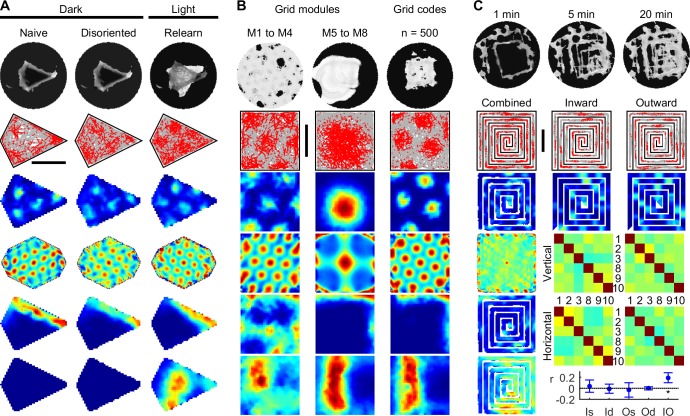Fig 8. Novel predictions of probabilistic spatial learning.
(A) Naive learning in an arena with 1-fold rotational symmetry in total darkness produced stable grid and boundary fields, persisting with reorientation in darkness, but remapping during relearning in light. Short-range boundary cell responses (row 5) follow grid cells, while long-range boundary cells (row 6) are inactive prior to light exposure. (B) Probabilistic spatial learning tolerates a 50% reduction of grid modules or grid codes, showing stable grids (rows 2–4), but boundary fields degrade without large grid modules (column 1, rows 5 and 6). (C) Learning in a spiral maze disrupts grid periodicity (column 1, rows 2–4), but maintains stable multimodal rate maps for both global inward (column 2) and outward (column 3) paths. Rate codes do not repeat across spiral arms (arm-arm correlation matrices as per Fig 6, arms numbered from left to right, bottom to top; central arms excluded due to short length). No correlation exists between rate codes along spiral arms with the same (Is, Os) or different (Id, Od) local running direction, irrespective of global inward (Is, Id) or outward (Os, Od) running direction (mean ± SD, P > 0.2 in each case, n = 10 independent trials × 400 concatenated grid rate maps, paired t-tests). A positive average correlation was found between rate codes along arms with opposite local and global running directions (IO, P = 9.1x10-5, t9 = 6.7). (A to C) Scale bar 50 cm.

